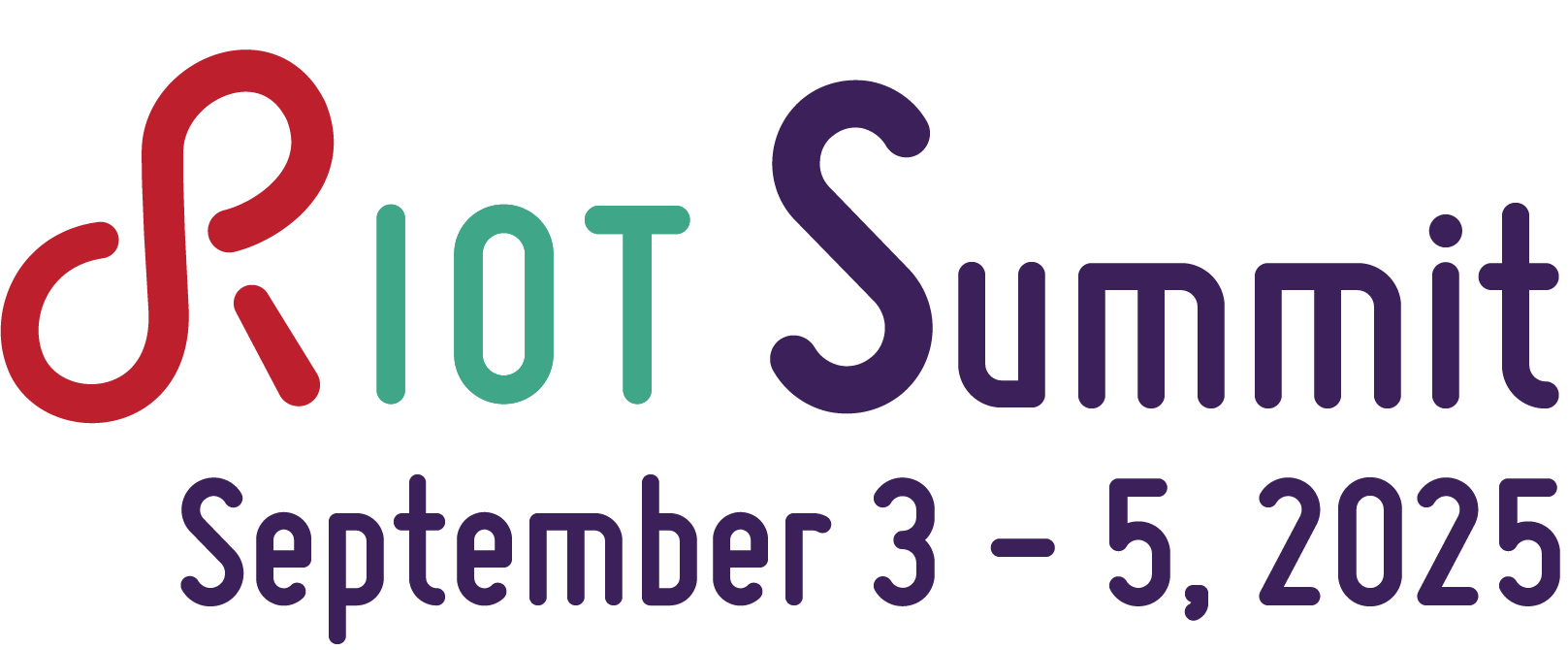Bennet Hattesen (HAW Hamburg)
Title:
What’s next for the shell?
Biography:
Bennet is a Bachelor graduate in Computer Science at the University of Applied Sciences Hamburg (HAW). His Bachelor thesis focused on the physical memory protection (PMP) provided by RISC-V and how to utilise it within RIOT for spatial memory safety. He currently pursues a Masters degree with an emphasis on network-based and time-critical systems.
Abstract:
This presentation will showcase a new type of shell for RIOT that feels easy and helpful. This new shell is backwards compatible, enables asynchronous commands, is suited for machine to machine communication while also being lightweight as it shifts computation from the device to the developers host machine. We will get into details on how it works, what CoAP has to do with it, what other benefits it offers, why this might be a bad idea and lastly a short glimpse into the rest of the industry to compare against.
The RIOT community aims to build software that is received as friendly and provides a pleasant user experience. However, the current RIOT shell lacks behind. The shell is a very important aspect of RIOT. It is the go-to way of interacting with a device running RIOT. It is often one of the first experiences a newcomer has with RIOT. RIOTers use it for all kind of things: configuration, data logging, start / stop services and many more. Yet, the shell lacks basic functionalities that are standard on most common shells (sh, zsh, ..). For example, features such as auto-complete, pipes, argument parsing and meaningful help messages are missing.
Let’s talk about the next step for our shell.


